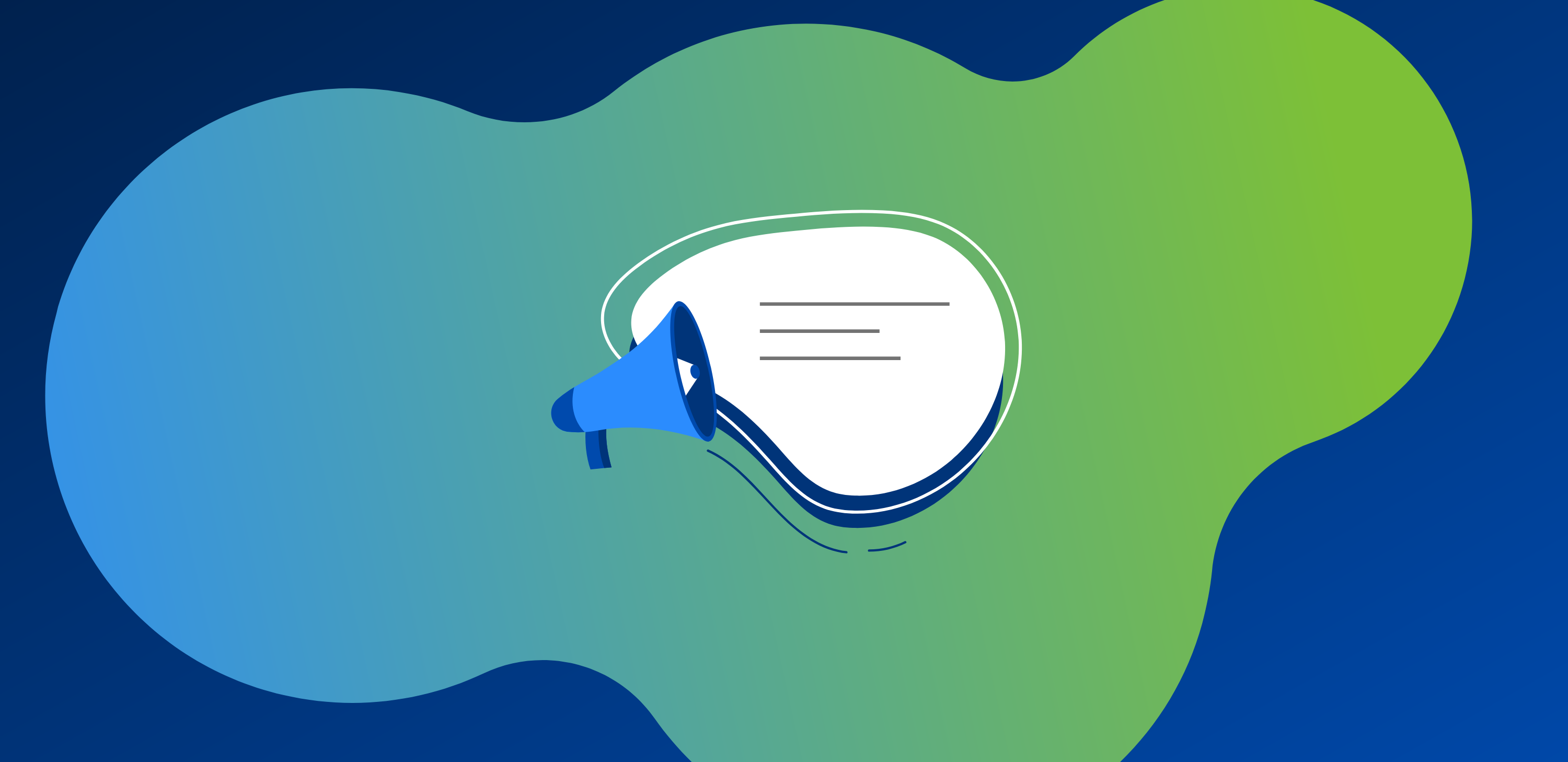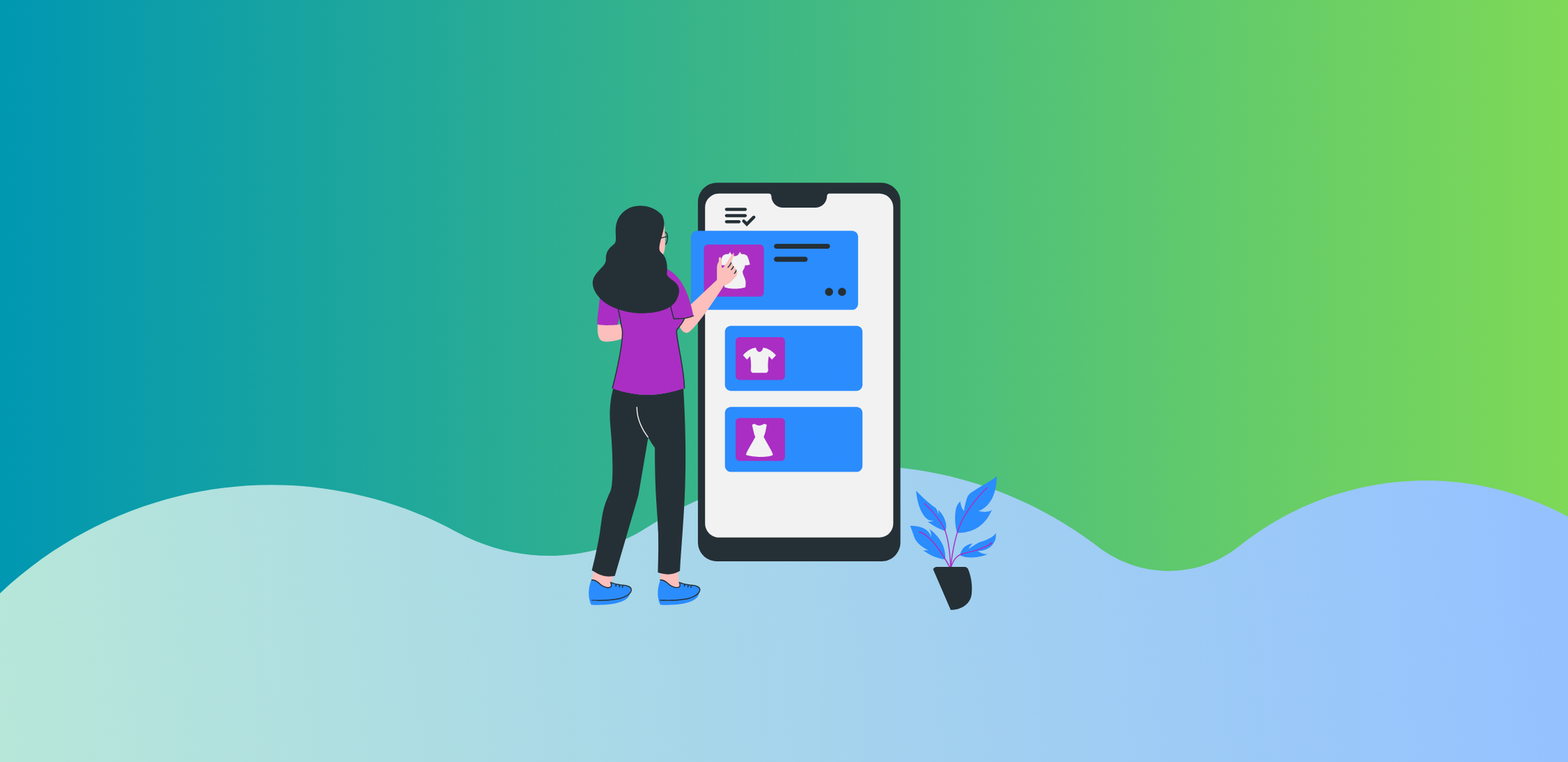The Importance of Choosing A SOC 2 Compliant Loyalty Program Provider
In recent years data breaches have become more frequent while the value of customer data is higher than ever. Ensuring the security and privacy of...
Platforms
Services
Promotions
.
Featured Guide
Industries
Resources
Explore

If you're running a customer loyalty program, one rule to always follow is this: loyalty programs should never be stagnant.
Following a "set-it-and-forget-it" approach to managing a loyalty program is actually one of the top reasons some loyalty programs fail. Loyalty programs that are left to run on auto-pilot after launch can miss out on some vital opportunities, such as the ability to make key improvements or engage customers with new, exciting initiatives. The best way to continue building on your loyalty program's initial success and to eliminate any weak points over time is to constantly measure, evaluate, and optimize your program post-launch.
The process of optimizing your loyalty program will most likely involve making changes or updates to your program. Yet sudden changes to your loyalty program can result in upset or concerned reactions from your member base. This is why you should always be careful and considerate in how you handle the process of communicating loyalty program changes to your customers
To help, we've put together some guidelines, tips, and best practices on how to announce changes to your loyalty program so that you can communicate these changes with ease.
As your loyalty program grows and evolves, there will be times when program optimization requires some necessary changes. These changes could affect a range of areas: from modifying what reward categories are available, to a full overhaul of how members can engage with the loyalty program to earn and redeem points.
If you intend to implement changes of any type or level to your loyalty program, you will have a better response and easier acceptance among customers by following these steps to communicate the changes properly to your loyalty program members.
Let's cover one topic before we get into the ‘how-tos’: changes to a customer loyalty program are never 100% accepted by the entire member base.
Some people might argue that any changes (big and small) aren’t normally accepted by even a majority of members. Just look at the outcry that goes up when Netflix announces a particular show or program will be canceled or leaving the platform. If your planned loyalty program changes include big adjustments that affect categories like tier status or available member benefits, there’s a strong possibility you’ll experience a negative backlash or customer churn among your members.
Consider the situation from a psychological standpoint; the fear of loss (which is a major human motivator) and the ownership effect (where people place a higher value on the things they have) means changes to your customer loyalty program that are perceived as detrimental to users can have a major emotional impact on your program members.
Because of this (and many other reasons), it’s important to ensure that any changes or modifications to your existing loyalty program are focused on improving the loyalty experience as a whole, and that you communicate this core message to your program members.
Any loyalty program changes should always be implemented to create a better, more valuable customer experience; not on a whim or to follow a fad. Keeping this in mind will help you as you prepare to inform your loyal program members about future changes to their loyalty program.
Surprises can be fun, but not everyone loves them. If you try to surprise your customers by launching major changes to their loyalty program without any type of announcement, your customers’ reactions will likely be more alarmed or concerned rather than delighted. This is why it’s important to give program members advanced notice that changes are in the works.
Giving customers a "heads-up" is immensely better than springing the changes on them without any warning. By not providing advance notice, you might accidentally indicate that you don’t care how these changes affect your program members. This can cause members to react with confusion, anger, and frustration, which could potentially damage your relationship with them.
Taking the time and effort to properly communicate loyalty program changes to your customers can go a long way to keeping their loyalty. It shows you're considerate of their feelings and needs, which also helps demonstrate that you respect and value their relationship with your brand. Even if the change is super simple - say, the title of the monthly loyalty program newsletter is being updated - you should still send out some type of notice to let customers know.
The next step beyond providing a heads-up is getting the timing of your heads-up correct. You should always make sure to incorporate enough time between the change announcement and the date when the changes will go into effect. Remember, the core reason for sending out announcements about upcoming changes to your loyalty program is so customers can adjust and prepare however they need before the changes go into effect. For that to happen smoothly you need to give them enough time to do so.
The amount of time will depend on the kind and/or amount of changes you’re making to your loyalty program. If it's a minor change that requires no actions on the customer’s side, then the notice period can be shorter.
On the other hand, if the change requires some form of action from your loyalty program members (such as updating their account information or redeeming a certain amount of reward points before a cut-off date) then you need to give them an ample amount of time to respond.
While you should always try to minimize any burdens on your customers, there may be times when it is just inevitable. Announcing the changes far in advance, sending regular reminders, and giving program members enough time to adjust will help minimize any frustration or anger on their part.
As with any changes or updates to a loyalty program, inevitably your audience will have questions. These questions could come from a variety of sources: from regular participants who want to know all the details, to customers who were absent for a while and logged back in only to find that things have changed.
This is where having a dedicated FAQ, Help section, or News section on your loyalty program’s site comes in handy. These FAQs or Help sections can proactively answer customer questions and help mitigate any confusion.
If you don’t currently have an FAQ or Help section, you should strongly consider adding one even if you’re not planning to make any changes to your loyalty program. If you do have a FAQ or Help section, don’t be shy about promoting these areas of your site. At a minimum, you should ensure that these pages are easy to find and access.
Having a proper loyalty program communication strategy can also help you ensure that every customer can find the information and resources they need. A loyalty communication strategy provides a framework for you to follow to ensure your brand is communicating with customers in ways that build and strengthen customer loyalty. Part of a well-designed communication strategy is making sure you have the right messaging in place based on customer segments or buyer journeys: whether the customer is active, inactive, new or long-term, and so on.
For example, let's say a loyalty program member who hasn’t been active for a specific amount of time decides to log in to their account after new changes to the loyalty program go live. You can use communication tools within your loyalty platform to create an automated notification specifically for this type of returning member, such as a pop-up alert or a system-triggered email with some version of the below messaging:
“Welcome back! You probably noticed that things look a little different. We’ve made some cool updates to our loyalty program to help make your experience even better - you can see the full list of the changes below. If you have any questions or want more information, be sure to visit our FAQs and dedicated Help page to get the details. Thank you for being a valued program member!”
Speaking of FAQs, making changes to your loyalty program is a good opportunity to update your standing loyalty program "Frequently Asked Questions". While smaller program changes might not require new FAQs, big changes definitely will, if only to answer the questions “Why has this changed?”, “How does this affect me?”, or “What do I need to do now?”
When planning or brainstorming new FAQs it’s always good to get outside feedback from other team members in your organization. Why? Because everyone thinks and approaches things differently.
You might not anticipate having a particular issue with a new loyalty program change, but someone with an outside perspective and different experiences might spot a potential complication immediately. That individual can then help you plan a response or plan of action.
Loyalty program changes are a good opportunity to reach out to your brand’s Customer Service or Help Desk teams. These team members regularly interact with customers to fix issues and resolve conflicts; as such they’re familiar with the most common customer frustrations and problems. They can be invaluable for helping you proactively form FAQs and helpful responses to new loyalty program changes.
Customers are not dumb people. They know there's always a reason why a brand makes a major change: drops a label, cancels a service or promotion, eliminates a feature, etc. Knowing the reason helps customers to understand the change and helps to maintain trust with the brand.
In today’s environment brand trust matters more than ever to customers when choosing where to spend their money. Trust and respect for a brand are pivotal when creating loyal customer relationships, and transparency is key to building trust.
So be as honest as you can about the changes you’re making to your customer loyalty program. If you’re changing how point allocations for actions or rewards work, be sure to highlight the major reasons why and identify how the changes benefit program members. If you’re discontinuing a service then explain why that service is being removed, whether anything will be replacing it, and (as always) how this change benefits customers.
Even if it’s because something went wrong, you can still explain how making the change is in your customers' best interest, even if the change might be considered negative.
For example, let's say you decided to increase the number of points a customer must earn or the amount of money they need to spend to attain a specific loyalty program VIP tier; this move makes sense to you because VIP benefits cost more than lower-tier benefits. However, the typical go-to reason of “everything costs more these days” is not a good explanation you want to give your loyalty program members for the change.
However, explaining how increasing VIP tier level requirements also allows for the addition of exciting new VIP member benefits - such as more exclusive events, better VIP-only sales and promotions opportunities, first access to new product releases, etc. - can help customers understand and accept your reason for the change.
Changes to your loyalty program, both big and small, are inevitable. While change can be a good thing, it's important to communicate these changes to your loyalty program members. As we’ve discussed before, the key to growing true customer loyalty is focusing on building relationships and not transactions. As with any relationship, communication is crucial.
No matter what type of changes you implement, following these best practices for communicating changes to your program members will help inspire more positive reactions and ensure your loyalty program continues to grow in success.
Modern customers want more from their loyalty programs; if you’re looking to do more with your loyalty strategy, we can help! Contact us today.

In recent years data breaches have become more frequent while the value of customer data is higher than ever. Ensuring the security and privacy of...

Customer loyalty is the driving force behind sustainable growth in the Consumer Packaged Goods (CPG) industry. In a world filled with choices, loyal...

Whether rewarding users for updating their profile, completing training courses, or selling a product - loyalty program efficacy is only as good as...